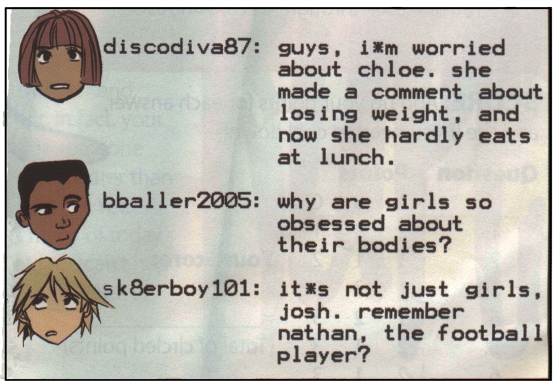Four Steps To Non-Surgical Treatment Options
The last thing any of us want is surgery. Even just thinking about it makes most people shake their heads.
Sometimes surgery is the best option to treat your injury. Most times, it’s necessary.
However, there are other times when surgery isn’t the best answer.
With a variety of options out there, you should ask your doctor about what options may benefit you. I am going to outline generally how that might work, with four steps that could be involved in this process.
These steps to non-surgical treatment options are general and based on my experience so they may vary from case to case.
Initial Diagnosis
Once you realize there’s an issue, you should get the medical attention you need. A doctor will provide an initial diagnosis of what the problem is.
This is helpful, but many times, you will be referred to a specialized professional depending on the injury.
After falling while playing sports, I could barely bend my wrist, and it was painful to try. I went to an Urgent Care who listened to my explanation and then tested the movement of my wrist.
He did an X-ray and afterward, told me it was broken and would require surgery, he referred me to an orthopedic surgeon for consultation.
Second Opinion
With so many potential ways to injure yourself, it makes sense to have specialized medical professionals for different areas of the body and specific types of injuries. Once you’re with a specialist, they can give you more in-depth, accurate advice on how to proceed.
With a set plan, you can move forward to proper healing.
In my case, I went in expecting to set a day for an operation but hoping any of the alternatives to surgery would work for me. After a brief conversation and an X-ray, the doctor informed me he didn’t think surgery was needed due to the nature of the break.
I was given a cast, a pain reliever prescription and sent on my way.
Application of Treatment
As noted before, there are many non-surgical treatment methods. Some are as simple as Tylenol and rest, and others require extensive physical therapy.
The doctor you’re consulting with can help you find the best method, even if it means getting you into surgery.
My treatment involved a cast for three weeks, daily pain medication, and physical therapy to follow. I successfully did the first two steps as they were comfortable, but couldn’t go to therapy for my wrist.
As a result, I still do see some limited motion in my wrist.
Follow Up
Once the treatment has been administered, your doctor will typically want to follow up with you to see how effective it was. They might run more tests, do another X-ray, or it may just be another conversation depending on the issue.
This will ensure the treatment is taking effect, and if it isn’t, you’ll likely start a new method.
I was able to get my cast off and schedule a follow up with physical therapy. Again not good on my part for going to therapy, but the follow-up confirmed I was good to go.
Conclusion
Not every situation will be like mine. I was lucky to have a short period of recovery and primarily, no recurring issues or side effects.
Some people take longer with these non-surgical methods. The benefit, however, remains the same.
You can have minimally invasive, non-surgical options to achieve the same result as surgery. Weigh your options and talk with a medical professional, but ultimately, you need to do what you feel is right to get you back to full health.
As much as the word instills dread, surgery isn’t the only course of action. Non-surgical treatments act as alternatives to surgery and shouldn’t be overlooked or underestimated.
Non-surgical treatment can give pain relief, prevent further injury, eliminate long-term damage and begin the healing process. Click here to learn why non-surgical treatments should be taken seriously.







Nice one, sometimes there are mistakes and failures that leads death
To be sure surgery has its risks.
Gerardo